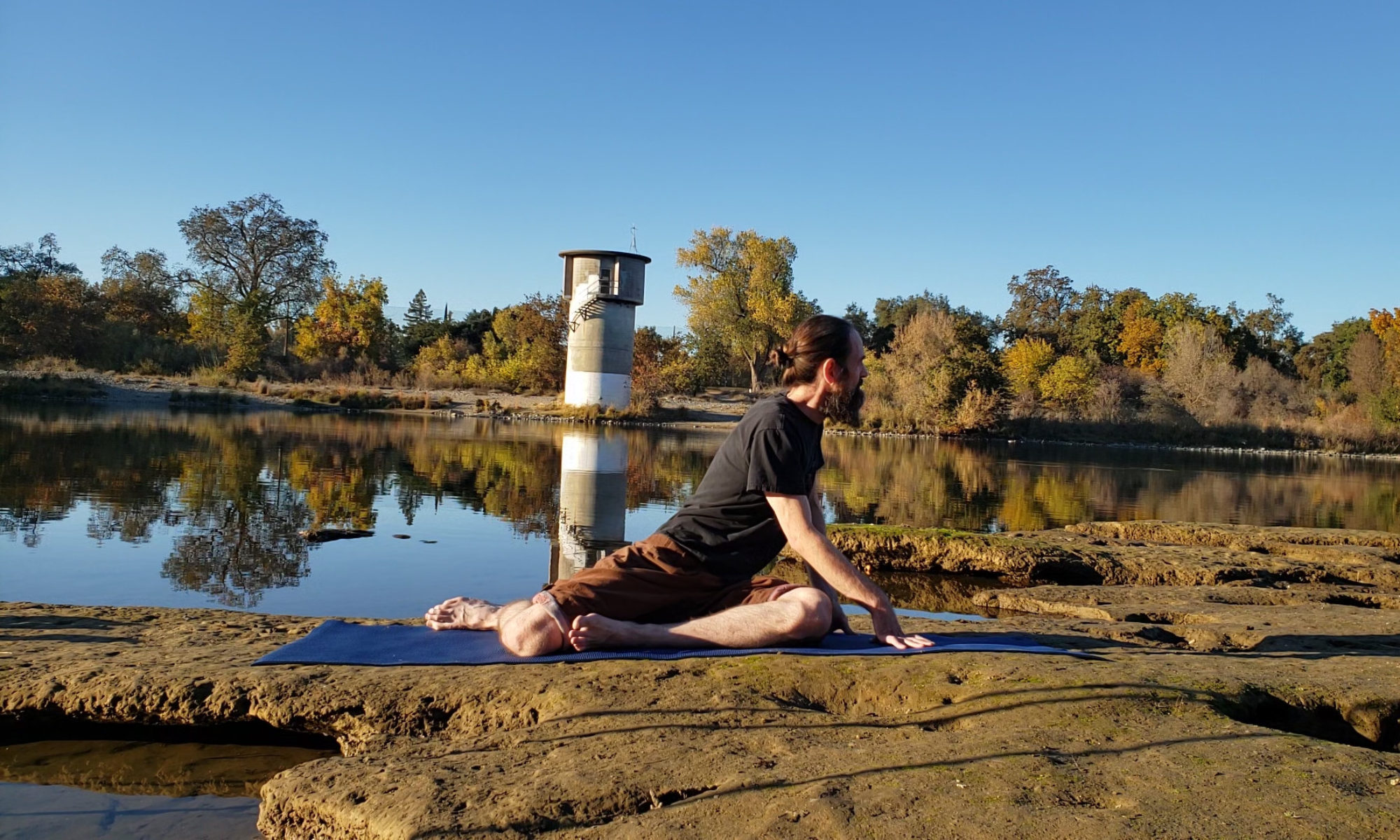This is a simple stretch sequence that helps to relieve tension in the shoulder, upper back, and arms. The motion is like very slowly raising your hand with a straight arm along a semicircle-shaped path as if to ask a question.

Sequence Steps
- Enter the initial position for the sequence:
- Stand straight up.
- Take a deep breath, imagining that your lungs extend all the way into your shoulder and arms. When you exhale, feel the wave of relaxation continue through your arms, allowing your shoulders to go limp and your hands to fall to your sides.
- Adjust your lower body slightly to feel perfectly balanced on your feet with minimal muscle engagement.
- Use your legs to gently rock slightly forward and backward, allowing the arms to swing slightly at the shoulder and feel deeper relaxation throughout your arms and shoulders. Gently allow the arms to stop swinging at the bottom. Take another deep breath, relaxing further on the exhale.
- Imagine the semicircle-shaped path that your hand will travel along from the side of your leg to straight out in front of your shoulder up to the top of your straight-up arm. Mentally assure yourself that:
- A body free of tension will feel similar deep relaxation in the shoulders, upper back, and arms throughout the entire motion.
- The cause of any position feeling tighter than this is muscle tension, not just engagement.
- With a straight arm, very slowly move your right hand forward and upward along the semicircle-shaped path until you feel slightly higher muscle tension than the initial position. Pause to see if you can return to the same feeling of deep relaxation.
- Continue moving the hand slightly further along the semicircular path all the way up to the top, attempting to keep the same relaxed feeling. Throughout the motion, take brief pauses for microstretches, which may include a deep breath, ensuring each pause of the stretch is performed at the most relaxed level currently possible for that body position.
- If the shoulder, back, or arm becomes tight, pause the motion and use these steps to relieve it:
- First, try to maintain the hand position by breathing deeply and sending the relaxation from the exhale to the tight area.
- Next, try to let go of the tight muscle and allow the other muscles to compensate, even if you think the hand will fall.
- If the tightness continues, allow the elbow to bend slightly and adjust the remaining portion of the path to an easier motion where the hand remains a little closer to the body so it doesn’t feel as heavy.
- Once your hand reaches the top, pause for a microstretch, then slowly reverse the motion so that the hand travels back downward in a semicircular motion. Switch hands and continue repeating the up and down motions and microstretches for as long as microreleases are sensed and time permits. Microreleases are tiny releases of muscle tension that may be perceived as pops, cracks, tingles, foreign-feeling muscle sensations or movement, choppy motion, and/or temperature changes.
Tips:
- If any sustained or sharp pain or muscle spasm is felt during the sequence, immediately move to a comfortable position. Remember where the pain was felt so that you can steer around the pain and move more slowly and gently near that position.
- Keep the motion as slow as possible so that any tension that creeps in can be quickly relieved, as in step 5.
- If a section of the sequence is totally relaxed and you feel ready to increase the difficulty, position your hand further from your shoulder until light tension is felt and continue along the path.

